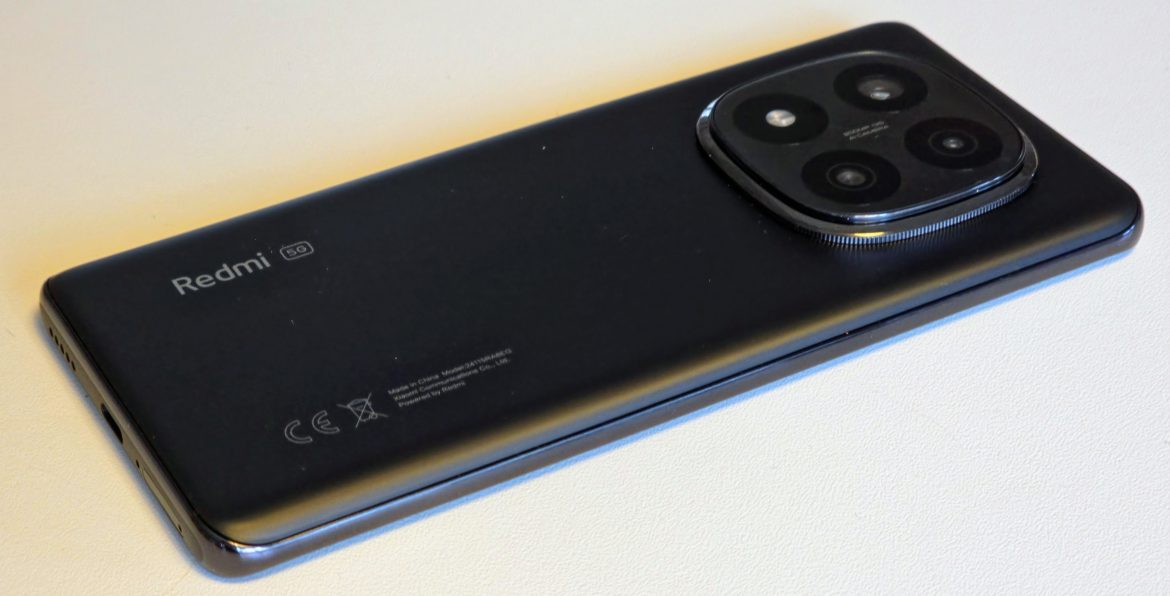TL;DR
Xiaomi's Redmi Note 14 Pro+ packs a punch with its IP68 rating, a 200MP camera, and blazing-fast 120W charging, all for under 6000 SEK. It boasts a premium build that belies its mid-range price, a vibrant 120Hz AMOLED display, and a capable Snapdragon 7s Gen 3 processor for smooth everyday performance. While the curved display is a subjective point, the battery life is solid for a full day's use. The 200MP camera can capture impressive detail in good light, though a lack of dedicated optical zoom is noticeable at higher magnifications. HyperOS offers a feature-rich experience with potential bloatware. Curious to see how it stacks up? Dive into the full review to discover all the details!
Read also the review of its sibling, the Xiaomi Redmi Note 14 Pro.
Xiaomi has released the latest iterations of their Redmi Note series, now reaching version 14. Known for delivering impressive specifications at a competitive price point, the Redmi Note series continues this trend with the model under review. The Redmi Note 14 Pro+ boasts features such as an IP68 rating, a 200 MP camera, a Snapdragon 7 Gen 3 processor, a capacious 5110 mAh battery coupled with 120 W charging, and a 120 Hz 1.5K display, all offered at a price below 6000 SEK. This review will assess its overall performance and value.
Design and Build Quality
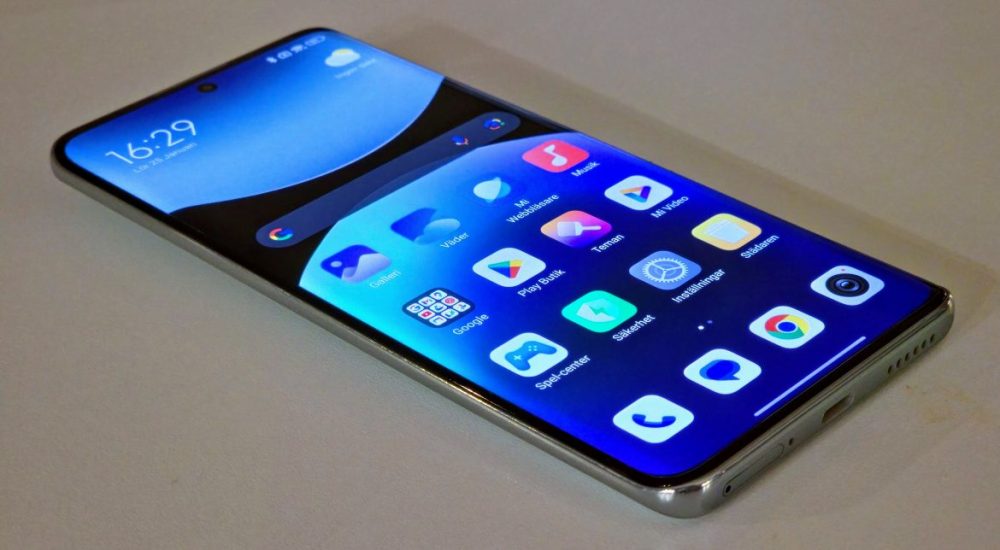
The Redmi Note 14 Pro+ features an aluminum composite frame, providing a solid structure. The front integrates a 6.67-inch display with subtly curved edges, protected by Gorilla Glass Victus 2. The rear panel utilizes Gorilla Glass 7i. The device exhibits a premium feel, surpassing expectations for a mid-range model, with a robust and stable construction. However, its surface can be slippery; therefore, using a case is advisable. Xiaomi includes a basic case and pre-applies a screen protector for added convenience. Its IP68 rating ensures a high level of protection against water and dust ingress.
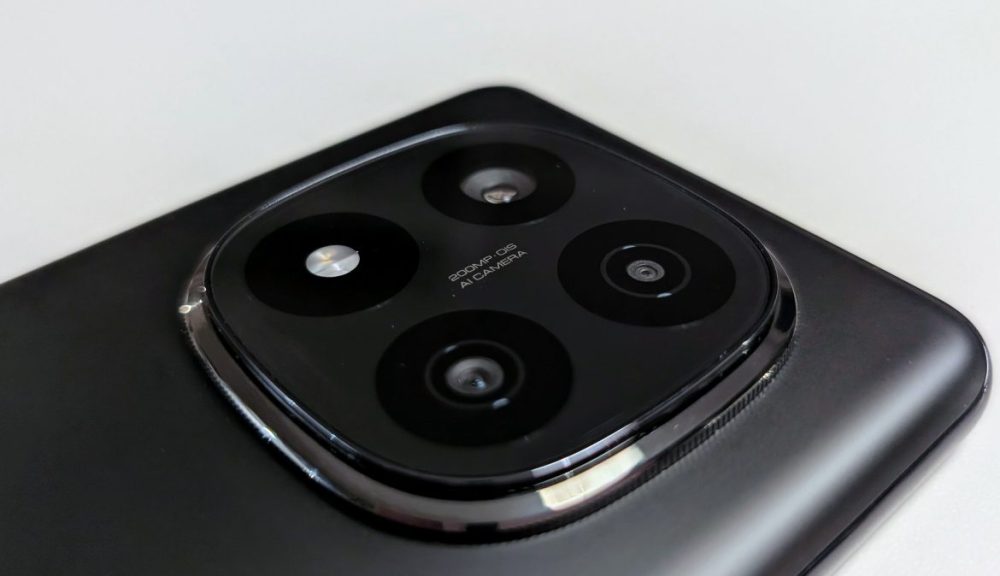
The rear panel incorporates a prominent, centrally located camera module. This design choice ensures the phone rests stably on flat surfaces, minimizing wobble—a common issue with devices that position cameras on one side.
The in-hand feel of the phone is reminiscent of the Huawei P30 Pro. This comparison speaks to its build quality and overall impression, which belies its price point.
Screen

As illustrated, the display incorporates curved edges. While aesthetically pleasing to some, this design choice offers limited functional advantages and introduces potential drawbacks such as increased reflections, difficulties with edge swiping within the interface, and challenges in applying screen protectors fully to the edges. While subjective preferences vary, a completely flat screen would be preferable for many users.
Beyond the curved edges, the display exhibits impressive specifications. It’s a 6.67-inch, 1220 x 2712 pixel AMOLED screen featuring a 120 Hz refresh rate, HDR10+ support, and Dolby Vision compatibility. Protection is provided by Gorilla Glass Victus 2.
The display delivers excellent color reproduction and sufficient brightness, although it does not quite achieve the peak brightness levels observed in devices such as the iPhone 15 Pro Max or Pixel 9 Pro XL. The 120 Hz refresh rate dynamically adjusts to 60 Hz to conserve battery power when appropriate. However, the screen is not LTPO, and is therefore limited to switching between 60 Hz and 120 Hz refresh rates.
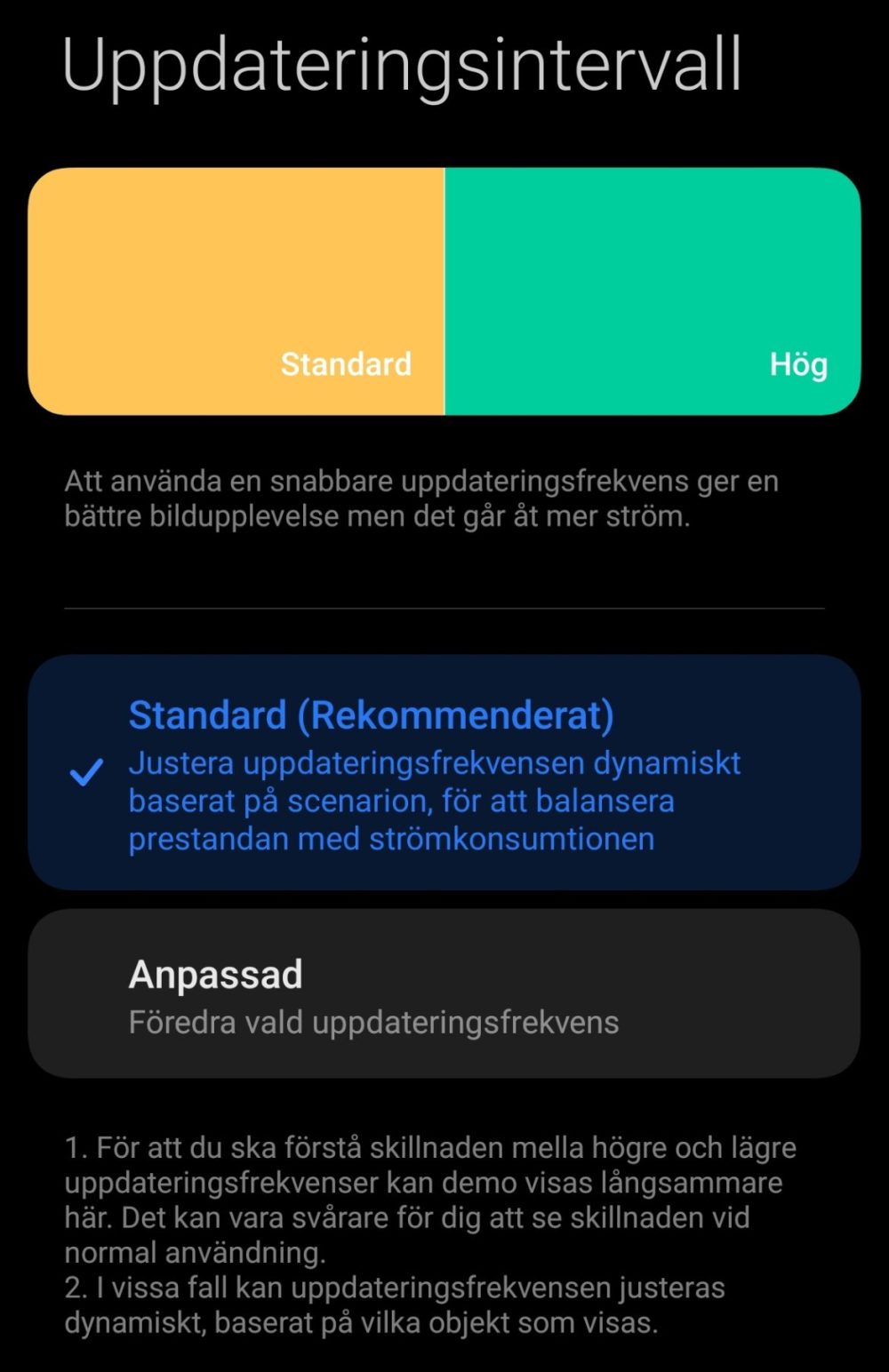
Users can select from three refresh rate modes: a standard mode that dynamically switches between 120 Hz and 60 Hz, or locked 60 Hz or 120 Hz modes. Testing suggests that the standard mode generally operates at 120 Hz, with exceptions for applications like YouTube that enforce lower refresh rates.
Battery
The device incorporates a 5110 mAh battery designed to function optimally in cold climates, down to -20 degrees Celsius, according to Xiaomi. It supports charging up to 120 W using Xiaomi’s HyperCharge standard. Due to the exclusion of a charger, in line with current industry trends, 120 W charging was not tested. At this rate, a full charge (0-100%) is specified to take 21 minutes.
The battery performance is adequate, providing sufficient capacity for a full day of typical use, but with limited reserve.
Performance
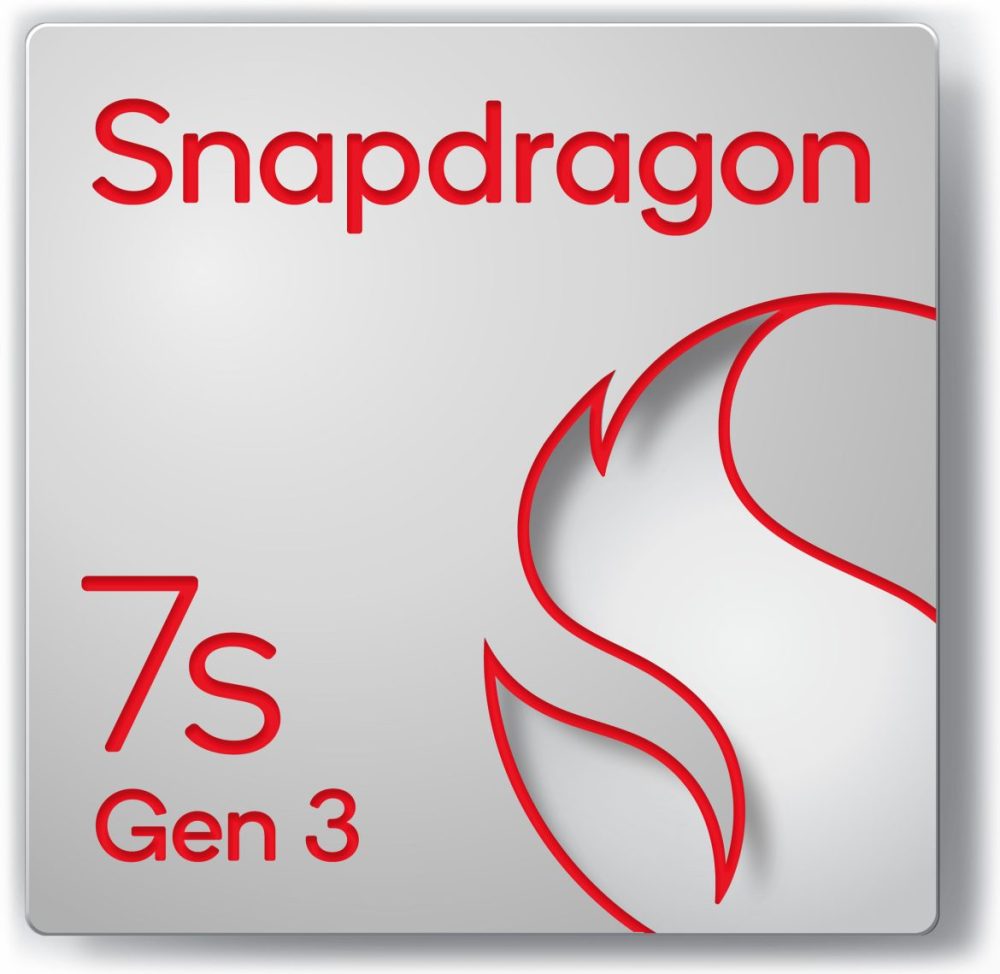
The Redmi Note 14 Pro+ is powered by the Snapdragon 7s Gen 3, Qualcomm’s latest mid-range processor. The system exhibits responsive performance, providing a flagship-like experience during everyday use. The inclusion of 12 GB of RAM in the tested model facilitates smooth multitasking and rapid switching between applications. However, graphical performance is a limiting factor, particularly when running graphically intensive games.
Software
The Xiaomi Redmi Note 14 Pro+ ships with Xiaomi’s HyperOS 1.0, built upon Android 14. Given the release of Android 15 in the fall of 2024, the inclusion of the older version is a slight disadvantage, despite the relatively minor differences between the two.
HyperOS retains similarities with Xiaomi’s previous MIUI interface. Users familiar with Xiaomi devices will recognize the environment. While the interface diverges significantly from a stock Android experience, as found on Google’s Pixel phones, its logical structure ensures ease of navigation, even for first-time MIUI users.
A notable drawback is the prevalence of bloatware. The device arrives with numerous pre-installed applications and games, including multiple browsers (three in total), various games, and apps such as TikTok, LinkedIn, and AliExpress.
While these unwanted applications can be uninstalled, it’s an inconvenience to address them immediately after purchasing a new device.

Furthermore, some pre-installed applications and functions generate unsolicited notifications that border on advertising.
Despite these criticisms, HyperOS presents several positive aspects. Its design is consistently stylish and well-considered, incorporating numerous subtle enhancements to Android. New AI-powered functions are also included.
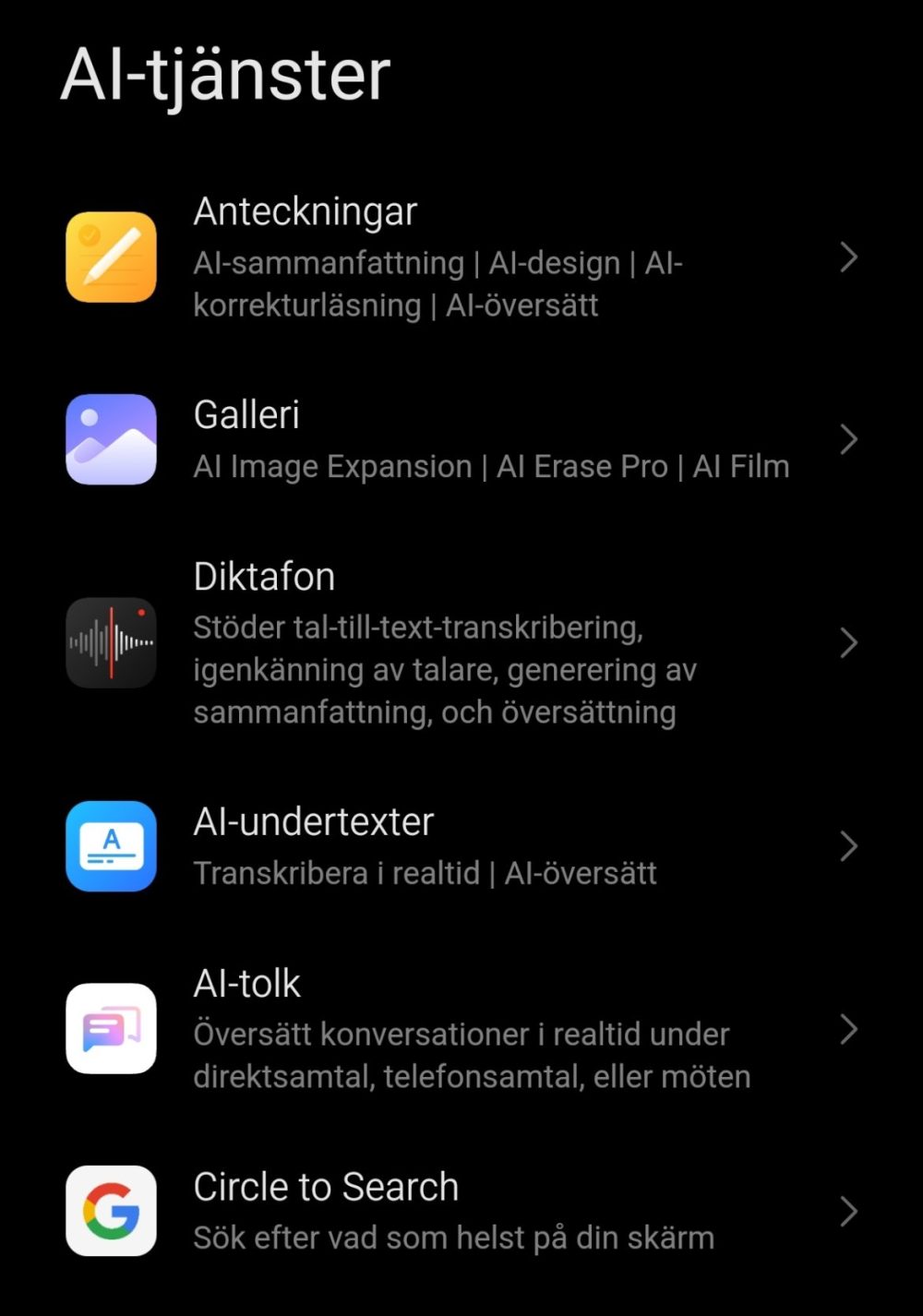
While some features lack comprehensive Swedish language support, their functionality remains sound. However, access to these features requires the creation of a Xiaomi account.

Although unconfirmed, it appears that Xiaomi has improved its update policy. The device is expected to receive security updates for a minimum of four years and three subsequent Android version upgrades. Realistically, this likely translates to the next two versions, given that several competitors have already transitioned to Android 15.
Camera
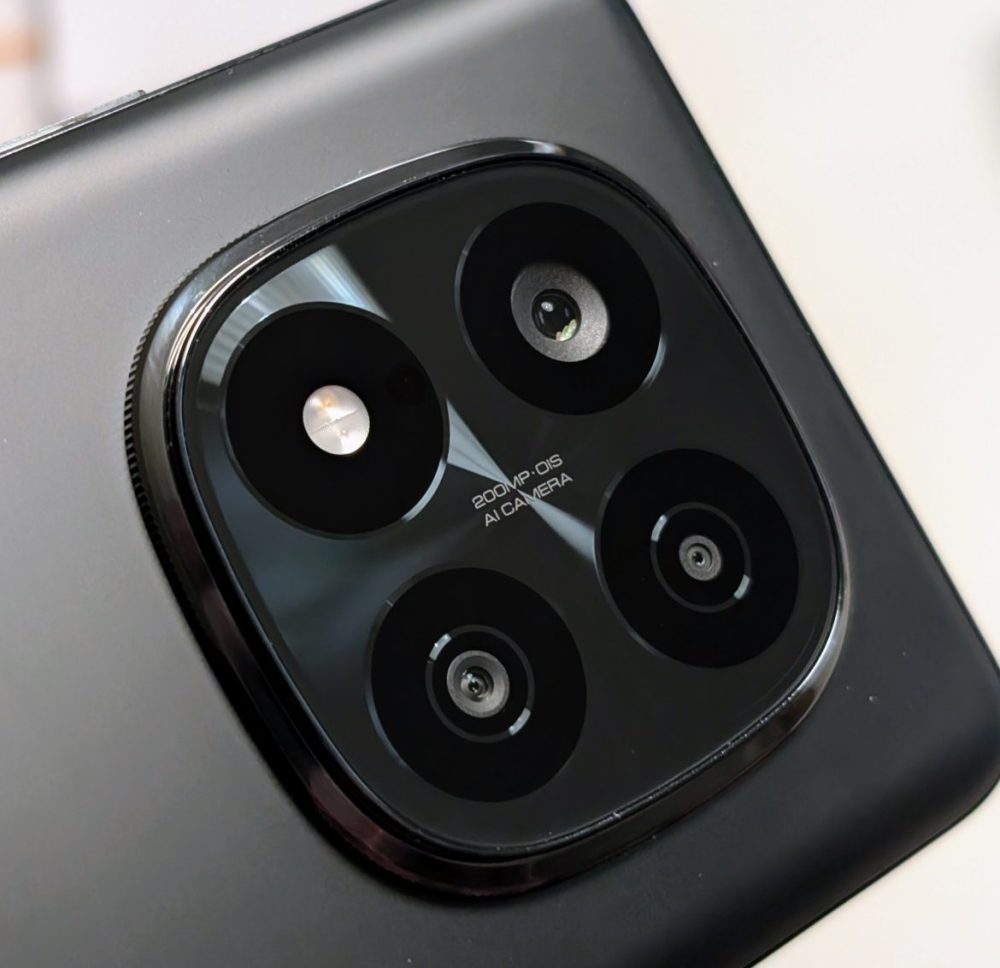
The rear camera system comprises a 200 MP main camera (f/1.7, 23 mm), an 8 MP ultrawide camera (f/2.2, 15 mm), and a 2 MP macro camera (f/2.4). A key differentiation from flagship devices is the absence of a dedicated telephoto/zoom lens. The high-resolution 200 MP sensor partially compensates for this omission.
The camera application launches quickly and provides a comprehensive suite of modes, including document mode, timelapse, long exposure, and dual video.
In standard mode, which produces 12.5 MP images (recommended for most scenarios), images are captured instantaneously. Conversely, capturing 200 MP images introduces a processing delay, particularly when capturing multiple images consecutively. Furthermore, image quality in standard mode generally surpasses that of 200 MP mode, except under optimal lighting conditions.
A comprehensive set of approximately 100 images were captured under varying conditions. To establish a benchmark, a series of side-by-side comparisons were conducted against the Google Pixel 9 Pro XL, widely considered to offer the best Android camera performance.












The Xiaomi phone exhibits strong performance up to 5x zoom (4x on Redmi Note 14 Pro+, utilizing the native zoom modes in each camera app), delivering pleasing colors and good sharpness. However, the absence of a telephoto/zoom lens becomes apparent at higher zoom levels, preventing it from matching the image quality of the Pixel phone, despite the presence of the 200 MP sensor. The ultrawide camera also performs admirably.
A subsequent test was conducted several hours later to evaluate low-light performance, as most modern phones perform adequately under favorable lighting conditions. These tests also included comparisons against the Pixel 9 Pro XL.












The limitations imposed by the lack of a telephoto/zoom lens above 4x are further amplified under low-light conditions. However, the Redmi Note 14 Pro+ still manages to capture decent images in 1x/2x modes. The ultrawide camera’s performance diminishes in low light, exhibiting noticeable halo effects around light sources.
An AI camera mode is available, but not enabled by default. Its activation is not recommended, as it produces either negligible differences or exaggerated colors based on the subject.
